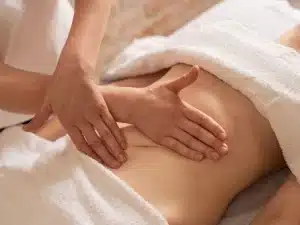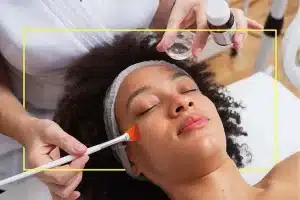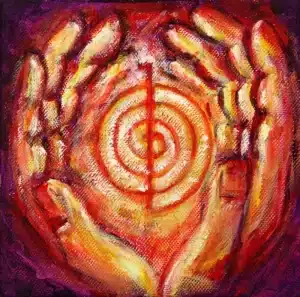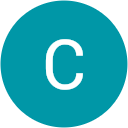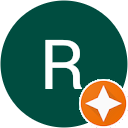“I am going to work a muscle through your armpit now” Is something you may have heard in a massage session while working on shoulder tension. Introducing: “Subscapularis, the key to the shoulder”. Subscapularis is one of the four Rotator Cuff muscles (the others being Supraspinatus, Infraspinatus, and Teres Minor, all on the posterior aka back side of the scapula/shoulder blade. Subscapularis is anterior aka front).
Let’s dive into what the rotator cuff does and why Subscapularis is so important to work.
Subscapularis: The Powerhouse of Your Shoulder
The Rotator Cuff collectively provides internal and external rotation of the shoulder, stabilization of the shoulder, counteraction of the deltoid while in abduction (lifting out) and flexion (lifting forward), deceleration of the arm when you throw something or swing a golf club. That’s a lot of work!
The shoulder joint is the most mobile joint in our bodies which means it’s the least stable, so that means these muscles are working overtime to provide stabilization.
Back to Subscapularis. This muscle makes up the entire front of the scapula and attaches to the humerus (upper arm bone) which creates internal rotation. When this muscle is tight, it is in a constant state of contraction which means the other rotator cuff muscles are constantly overstretched. We see this in those who are in a forward bending motion daily for their jobs (think carpenters, mechanics, dental hygienists, gasp…massage therapists!), those who are at a desk or on their phone all day, athletes, and those who lift heavy daily; whether it be for work or fitness. In summation, most of us need a Subscapularis release.
So, why do we need this muscle deep in the trenches of the armpit addressed?
As mentioned earlier, Subscapularis covers the entire front of the scapula, it’s also a powerhouse of a muscle, generating 50% of the strength of the four rotator cuff muscles. Sure, you can feel relief without working it, by just working the more accessible muscles on the back, but inevitably those over-stretched muscles on the opposite side will continue to be overstretched since Subscapularis will remain in constant contraction. Thus, pain will return. Our bodies are in a constant dance of shortening and lengthening. When working in any area of the body, addressing what is constantly shortened will help the opposing muscles that are constantly stretched.
The four rotator cuff muscles are not the only ones that attach to the scapula. In fact, there are seventeen muscles that attach to it and not all of them are in the upper back!
Let’s remember, the only muscle found on the front of it is Subscapularis. In many cases, those sixteen other muscles will become overstretched if Subscapularis is not reset to it’s normal resting muscle tone. Pain in the low, mid, and upper back as well as neck can all benefit from releasing the subscapularis. Our anatomy is connected in such a beautiful way. We do not always realize how working in seemingly insignificant areas can really open us up elsewhere. Our muscles are constantly dancing with each other, and it is up to us to learn the appropriate choreography.
Revitalize with 640 Health: Elevate well-being through targeted therapies, unlocking the power of your subscapularis muscle. Discover optimal health now. Book your session now!



